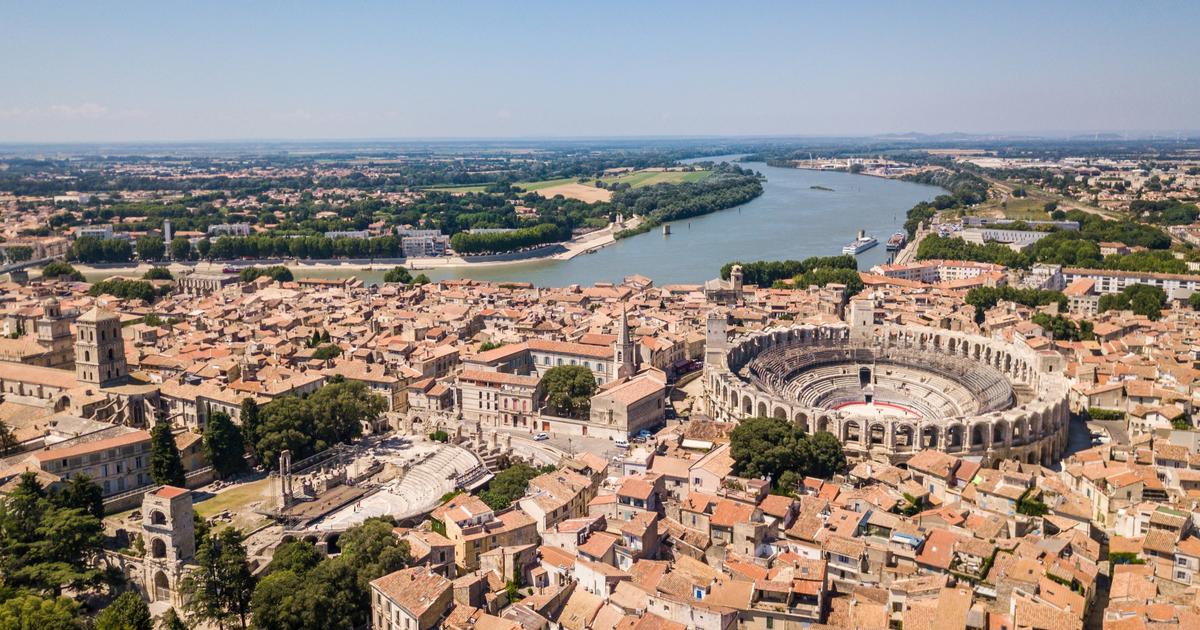A work that tries to tell the extreme excess without remedy has to be excessive in itself. Faced with the task of telling the story of an immense building, inaugurated in 1931, of more than 500 houses - and also a theater and an equally gigantic cinema, gyms, cafeterias, tennis courts - destined to house the elite of the Communist Party and the Soviet State, the historian Yuri Slezkine has raised a book that reaches a similar immensity, and that like the original building itself overwhelms by its scale and by the multitude of the characters that inhabit it. Translating it and publishing it will also have been an inordinate feat, like so many of those that are counted in the book, also with a point of foolishness and recklessness. Cliff already published a project almost as excessive a few years ago,
Terror y utopia
, by Karl Schlögel, also focused on Moscow and in a single terrible year, 1937. It is seen that the stories about the revolution and the Soviet world inspire narrative immensities like a Russian novel, a novel equally committed to the story of the great cataclysms historical and individual lives dragged by them.
This literary resemblance is most visible in
The Eternal House
because Yuri Slezkine, a historian of admirable ambition and meticulousness, has a highly visible talent as a storyteller, and a sensibility for literature that throughout the book becomes a fundamental tool of his historical inquiry.
More information
The Russian Revolution as told by a skeptical formalist
John Reed: a century of the chronicler of the October Revolution
Comrade Landau's commune: between the Stalinist nightmare and the Nobel
I confess that I have never read a book like this in my life.
Due to its excessive scale, its variety, its human depth, its political acuity, it is at the level of
War and Peace
, of
Life and Destiny
, of
the Gulag Archipelago
.
In its ability to synthesize an era, and to make known the inner life, the state of mind, the mentality of several generations of people united by similar ideals, it reminds me of the also incomparable
The Age of Prodigies
, by Richard Holmes.
In the
eternal house
, the building inaugurated in 1931 on the banks of the Moskva River, just on the other side of the Kremlin, is the nucleus in which hundreds of individual adventures of Soviet revolutionaries converge, and ends up being the symbol, quite tangible, of a formidable project of transformation of the world that began as an apocalyptic fantasy and in less than two decades had already been reified into a bureaucracy of submission and terror.
A revolution dedicated to the triumph of equality erected this building to house an elite of privileged people who had in it all kinds of inaccessible comforts for the vast majority of their fellow citizens: positions of the party, the secret police, the public administration, of the mass media, of the unions, of the associations of writers and artists docile to the regime. In 1931, 14 years after the success of the revolution, many tenants of the "eternal house" were veterans of the times of hiding, prison and exile who had gone from conspirators to leaders, from persecuted to persecutors, even victims executioners. Many of them did not know that in a very short time new waves of terror would make them victims again,heretics destined for the shot in the neck or the Gulag.
Individual destinies extend through generations, just as the guilt of the accused is transmitted in a lethal contagion to their spouses and children.
The eternal house
is built on a powerful
flashback
which goes back from the clear days of moving to the new building in 1931 to the times when the new tenants, now servants of a state that encompasses the largest country in the world, were members of a fervent minority sect, persecuted by the tsarist police ; Inspired by some sacred scriptures and by two biblical bearded prophets, Marx and Engels, guided by a leader who awakened and demanded absolute loyalty, Vladimir Ilyich Lenin, and who promised the advent of a new kingdom of universal justice and punishment of the lords of the world as imminent as the one that Jesus Christ had announced in the Gospels or Saint John in the Apocalypse.
Sworn enemies of religion as "opium of the people", the Bolsheviks formed above all a religious movement with millennial roots: what in my early youth was still called scientific socialism was a Christian eschatology in which groups of Puritan and radical militants actively hoped the arrival not of Jesus Christ in command of troops of angels with trumpets, but of a revolutionary upheaval that was to bring with it the end of time and the irrevocable earthly paradise of classless society.
Yuri Slezkine, who handles remote primary sources in Russian - personal diaries, letters, clandestine publications - shows the extent to which the language of the Bolsheviks was steeped in biblical images, references to Genesis, the flight from Egypt, the prophets, to the invectives of Jesus Christ against the Pharisees and the rich, and especially to the Apocalypse. Reading
The Eternal House
, another exceptional book that comes to mind is
Norman Cohn's
In After the Millennium
, the story of popular uprisings inspired throughout the Middle Ages by the delusional imagery of that last book of the New Testament.
When the prophecies of the immediate end of the world are not fulfilled, the apocalyptic sect that feeds on them can fall into disappointment, and become extinct, or give new interpretations to the prophecies and become an organized church, and sometimes take over. power of the empire against which he had originally rebelled. That is what happened to Christianity: in little more than two centuries, a marginal and persecuted doctrine ended up being the official religion of the Roman Empire. In much less time, the Bolsheviks rose to absolute power in what had been the Tsarist empire. When the "eternal house" was inaugurated in 1931, it seemed that the old sect had already become the dominant church. But just then there was a process of self-destruction, of internal cannibalism,that it reached its extreme in the great purges of 1937 and 1938, but never really ended. Almost every day an apartment in the huge house was left empty because its occupants had been executed or deported to Siberia. The Roman Church has lasted 2,000 years: the Soviet one collapsed after less than a century. No other book that I know of explains better than
The eternal house
its triumph and its fall.
You can follow BABELIA on
and
, or sign up here to receive
our weekly newsletter
.








/cloudfront-eu-central-1.images.arcpublishing.com/prisa/RM4UYORTLVHTRMI572ZI33NWZ4.jpg)
